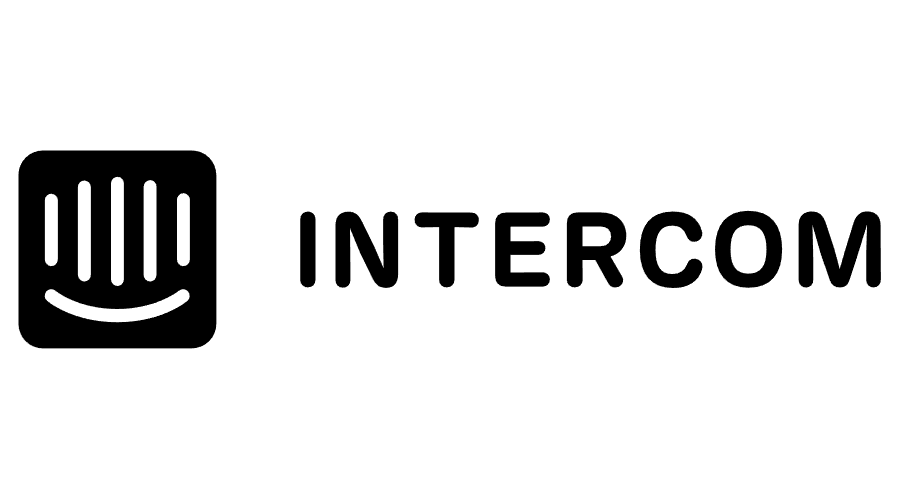Understand underlying motivations and goals of customers in order to design products or services that fulfill their unmet needs and help them accomplish specific "jobs" in their lives more effectively.
Jobs to be done describes a similar techique as contextual inquiry. It is basically a framework that focuses on understanding the underlying needs and motivations of customers when they "hire" a product or service to get a specific job done in their lives. It emphasizes the functional, social, and emotional aspects of the job that customers are trying to accomplish
Step-by-Step Guide:
- Define the Job
Identify the core task customers want to accomplish, focusing on functional, emotional, and social needs.
- Identify Customer Segments
Group customers by similar jobs they need to get done, not by demographics.
- Conduct Customer Research
Interview customers to understand their motivations and frustrations with current solutions.
- Map the Customer Journey
Outline the steps customers take to achieve the job, from recognizing the need to evaluating solutions.
- Identify Drivers and Barriers
Determine what motivates customers and what obstacles they face when completing the job.
- Analyze Alternatives
Understand how customers currently get the job done, including competitor and non-competitor solutions.
- Design the Solution
Create a product that addresses the core job and minimizes barriers based on your research.
- Test and Validate
Test your solution with customers to ensure it meets their needs better than existing options.
- Iterate and Improve
Refine your product based on feedback to better serve the job.
Example:
Intercom used the Jobs to Be Done framework to refocus their product development. Initially, they struggled to clearly define the value of their product since it offered many features for various user groups. By applying the JTBD method, they discovered the specific “jobs” their customers were trying to accomplish. How Intercom Applied the Method:
- Customer Interviews: Intercom conducted detailed customer interviews to uncover why people were using their platform. Rather than asking about features, they explored the concrete tasks customers were trying to complete, such as "lead generation" or "simplifying customer support."
- Focus on Core Jobs: Intercom realized that customers primarily "hired" their platform for two jobs: 1) communicating with potential customers and 2) supporting existing customers. This insight helped them focus their product offering.
- Product Adjustment: Based on these insights, Intercom restructured their platform to better fulfill these jobs. They developed specific features like personalized chatbots for lead generation and help desk tools for customer support.
Why It Was Successful:
By using the JTBD method, Intercom gained a clearer understanding of their customers' needs and provided solutions tailored to the core jobs customers were trying to accomplish. This allowed them to differentiate their product and market it more effectively, leading to significant growth and a stronger market position.

For more information on the topic, please see the source below:
Marcus, A., Rosenzweig, E., & Soares, M. M. (Eds.). (2024). Design, user experience, and usability: 13th International Conference, DUXU 2024, held as part of the 26th HCI International Conference, HCII 2024, Washington, DC, USA, June 29 – July 4, 2024, proceedings, part V. Springer Nature Switzerland. (Lecture Notes in Computer Science)

#Customer needs #Use case #Ideal customer profile #Segmentation #Targeting #Positioning/Branding #Features & requirements #Benefits & value #Target results

.jpeg)



